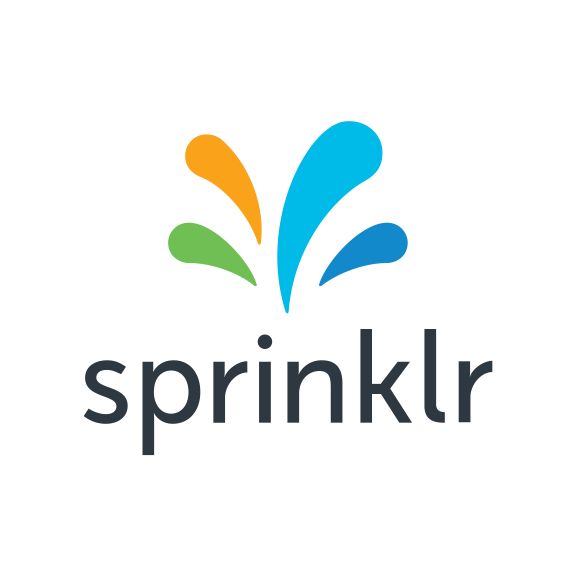User-generated content (UGC) is a powerful way to incorporate statements, photos, and video from engaged participants into a campaign. UGC can tell a story from multiple points of view, painting a richer and more authentic picture than traditional marketing techniques.
One of the best things about UGC is also one of the factors that makes it difficult to grasp: its versatility. User-generated content campaigns can incorporate contests, hashtags, reviews, and influencers. While it’s great that there are so many options for brands, such a broad scope can make this strategy tough to master; brands might not know where to start, what kinds of content to focus on, or how to make sure they source quality content.
Here are eight key tips to help you get the most out of your campaign UGC strategy.
1. Build Anticipation
In an effort to generate as many submissions as possible, it can be tempting to stretch your user-generated content campaigns out for weeks or even months. Instead, consider a strategy of picking a specific day for your campaign and build anticipation for the big event. If you promote one day of submissions, you’ll get a flood of content in 24 hours, as opposed to content that trickles in across a longer period of time. In turn, your business will benefit from a burst of brand awareness and will likely trend on X, formerly Twitter and other social media.
Top Example
Skincare company Rodan + Fields promoted #RFGoNaked day on July 25, 2014, encouraging people to share pictures of themselves without makeup. By having participants wait to post their photos until that specific day, the company allowed the hashtag to trend and draw the attention of a wider audience.
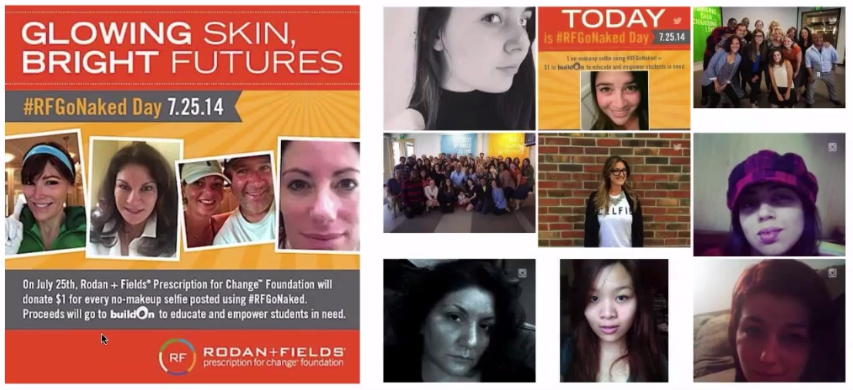
2. Refresh As Needed
If you do run longer campaigns, be sure to change things up from time to time. For instance, you might switch your submission theme to keep people interested and entice new users to submit content.
Top Example
Clif Bar printed the hashtag #MeetTheMoment on the packages of its products, inviting consumers to take a photo of where they were traveling or hiking and share it by using the hashtag. As a result, the company built a visual travelog of customers’ adventures across the world. For every photo submitted, Clif Bar also donated $1 to an environmental nonprofit, which changed each month of the campaign.

3. Provide Unique And Helpful Tools
Use tools to make it easy and fun for users to participate in your campaign. These might be as simple as hashtags they can tweet out with their submissions, or more advanced tactics, like a specific app that they can use to overlay a unique image or filter on top of their photos. This UGC strategy benefits your brand, because it helps ensure that the unique look of the content will lead curious observers back to your campaign.
Top Example
To promote its big annual event, TEDxPortland, whose theme centered around the idea of “Perfect,” invited people to submit images that represent their idea of what “perfect” is. To make this as easy as possible, the TEDxPortland mobile app featured a tool that put a filter on these images and overlaid them with text that read, “Perfect.” As a result, when the submissions were posted on social media, they had a unified look that helped intrigue outside viewers and drum up participation.

4. Curate Your Own Gallery
When you set up a gallery of submissions, either online or in store on a screen, don’t feel obligated to only feature UGC. Just remember this maxim: Quality over quantity. Use your judgment, and think about the kind of content that is likely to attract a wider audience.
For instance, you can get feedback from fellow employees in sales and social to share what they’ve seen resonate with consumers. Through social listening, you can understand which kinds of images and videos people share. Next, see if any of your user-generated content submissions match up with those criteria.
Or you can always leave it up to the consumers themselves by having people vote on their favorite content via your website or social pages.
Top Example
Electronics manufacturer Belkin partnered with LEGO to create a phone case with LEGO studs covering the back. To promote the products, the brands encouraged fans to build cool creations with their phone cases and submit them to be featured on a social hub. Instead of publishing all of the content, Belkin and LEGO chose the most innovative designs, including a recreation of an old-school Motorola phone and a little LEGO movie theater.

5. Reflect the Brand Lifestyle
It’s easy to ask fans to take a photo of your product and post it on social media. But that just tells you about the product, not the consumer. A more compelling strategy is to ask fans to share content that reflects the experiences and lifestyles that these products support.
Top Example
Outdoor clothing retailer Poler invited customers to submit photos of their camping adventures by using the hashtag #CampVibes. Select images were featured in the brand’s retail stores and on its website. Every now and then, you’ll see a product in the photo, but the campaign is more about promoting a culture of adventure and a love for the outdoors.
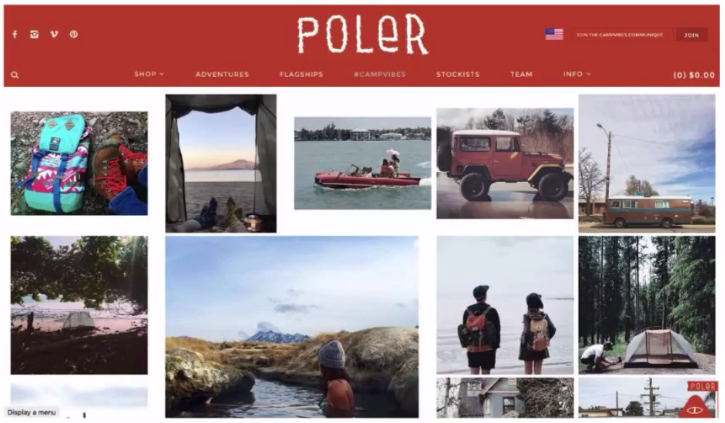
6. Provide An Exclusive Perspective
Customers crave an inside, behind-the-scenes look into your brand. To provide that sort of access, remember that UGC doesn’t just have to come from fans, but can be generated by official influencers. Think photos and exclusive content from product launches and other important brand events.
Top Example
This past year, MichaelKors.com featured an #AllAccessKors section below the video feed of its seasonal runway shows. The section was filled with on stage and behind-the-scenes photos, and quotes from top influencers at the events. This was a strong campaign because, while it features social content, it’s formatted and presented in a way that seamlessly integrates with the refined look and feel of the rest of the website.
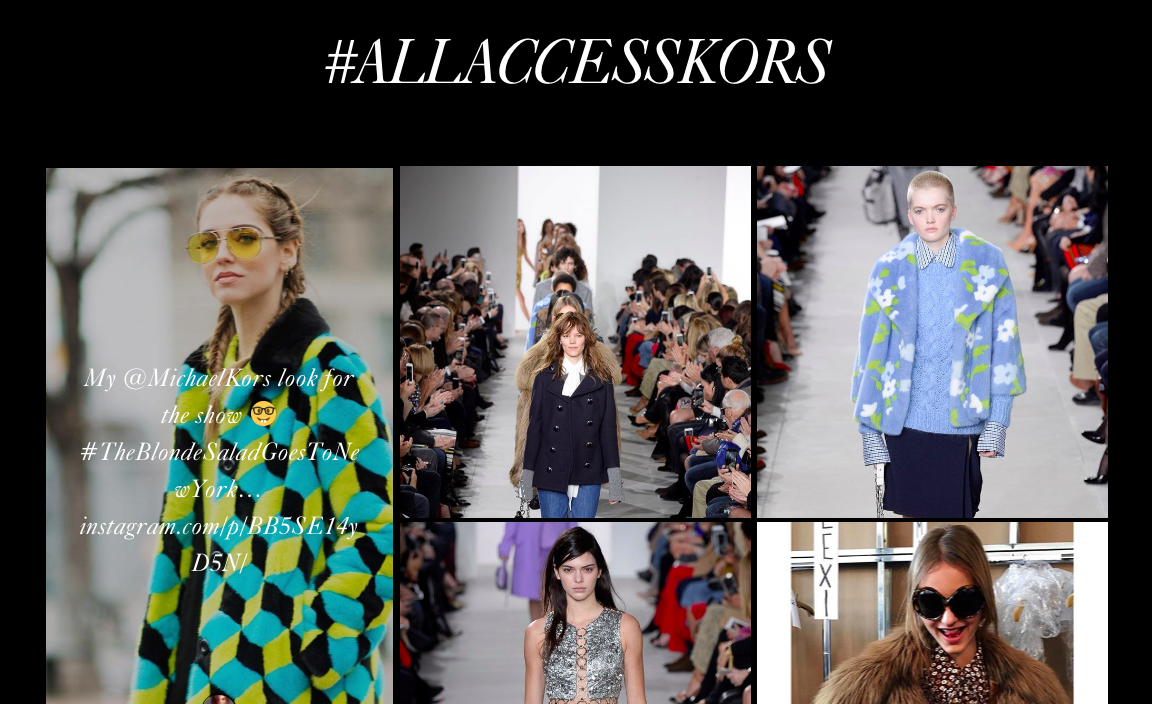
7. Keep the Rules Simple
It can be tempting to go overboard while drafting contest rules and submission requirements, but it’s important to keep it simple for your users. At the end of the day, you want people to participate. Concentrate on making it as easy as possible for them to do so.
Top Example
Travel company Contiki asked fans to create a six-second video about a travel destination on their bucket list, and the winner of the contest got to go on their dream vacation. The idea was incredibly creative without being overly complicated.
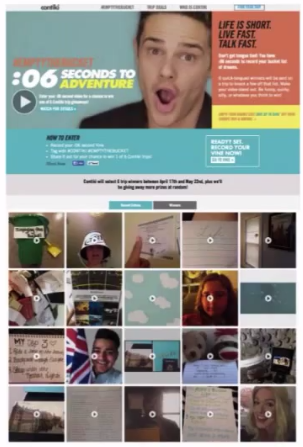
8. Remember to Engage
After you launch your UGC campaign, don’t forget to jump onto your social networks and engage with fans who are submitting content. Thank them and compliment them on their submissions, or start a dialog to keep the conversation going. You can even try to encourage fans to engage with each other.
Top example
Warby Parker will send customers five pairs of glasses to try on for free at home. To promote this program, the brand encourages users to post photos of themselves wearing their glasses. As a result, the customer gets feedback from friends about which glasses look the best, and Warby Parker generates brand awareness.

Bonus Tip: Top Places to Feature User-Generated Content
Here’s a common question from marketers: “Once I collect my user-generated content, what do I do with it?” As mentioned, you can curate and post that content on your social channels or website. But don’t forget that you can also use this content offline. For instance, you might consider displaying the content at live events, on screens in your store, at conferences, or even in print publications. By bringing that social content to new stages and platforms, you can reach new audiences effectively.
Creating User-Generated Success
According to the Content Marketing Institute, 70% of B2C companies incorporated user-generated content in 2015. That means competition in the space is hot, and it’s more important than ever to make sure your content stands out—not just among your consumers but also across social platforms in general.
The best way to find success with user-generated content is to listen to your audience and figure out the strongest strategy for your brand. How can you generate interest in your campaign? How can you make it as easy as possible for people to participate? Where are the best places to distribute your content?
With help from the eight tips above, you should be able to answer these questions and drive new awareness for your brand.

